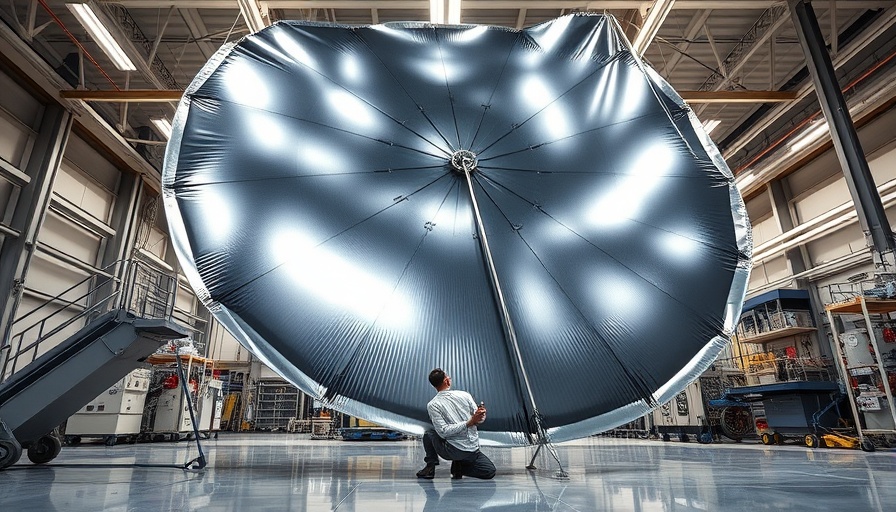
Revolutionizing Live-Cell Imaging in Biology
Researchers at the Center for Cell Dynamics, Queen Mary University of London, have made a groundbreaking advancement in live-cell imaging that could transform our understanding of biological processes at the cellular level. This innovative technique combines super-resolution capabilities with a method known as Fluorescence Recovery After Photobleaching (FRAP), allowing scientists to observe cellular behavior with remarkable detail while minimizing damage to living cells.
What Makes This Technique Unique?
Known as FRAP-SR (FRAP in Super-Resolution regime), this method achieves a stunning resolution of 60 nanometers—about 2000 times smaller than the width of a human hair. Thanks to its unique combination of Lattice Structured Illumination Microscopy (diSIM/SIM²) and FRAP, researchers can visualize biological structures and their behavior without causing significant phototoxic stress to the cells. This breakthrough paves the way for deeper insights into crucial biological mechanisms, such as DNA repair and chromosome dynamics.
The Importance of Observable Cellular Processes
This new imaging technique allows for detailed examinations of cellular processes in real-time. For instance, the research team focused on 53BP1, a protein that plays an essential role in repairing double-strand DNA breaks. Using their FRAP-SR method, they discovered that 53BP1 forms complex liquid-like condensates within the cell, a finding that not only highlights the dynamic nature of cellular structures but also suggests functional specialization in DNA repair mechanisms.
Implications for Future Biotech Research
As biotechnology continues to evolve, advancements like FRAP-SR stand at the forefront of enabling scientists to explore cellular dynamics in greater depth. This method doesn’t just provide visual clarity; it opens doors for innovative drug screening techniques and offers crucial information about how cells respond to stress and damage. Researchers envision these advancements leading to improved therapeutic strategies for various diseases, including cancer.
Why This Matters for Future Technologies
Understanding cellular processes is vital not only for biological research but also for technological advances that rely on biology. From developing new pharmaceuticals to designing better biocompatible materials, the implications of enhanced imaging techniques like FRAP-SR extend far beyond the lab. As we push the limits of our technological capabilities, having a clearer picture of how biological systems operate can lead to more significant innovations across the biotech sector.
Conclusion: The Next Steps Forward
This exciting development in live-cell imaging emphasizes the continuous need for innovation within the scientific community. As researchers explore the implications of this new technology, the potential to unlock a deeper understanding of biology becomes more achievable, which could ultimately lead to breakthroughs in health and medicine. Engaging in such explorations not only benefits researchers but also paves the way for a healthier future for all. Stay informed about the latest advancements in these essential areas.
 Add Row
Add Row  Add
Add 




Write A Comment